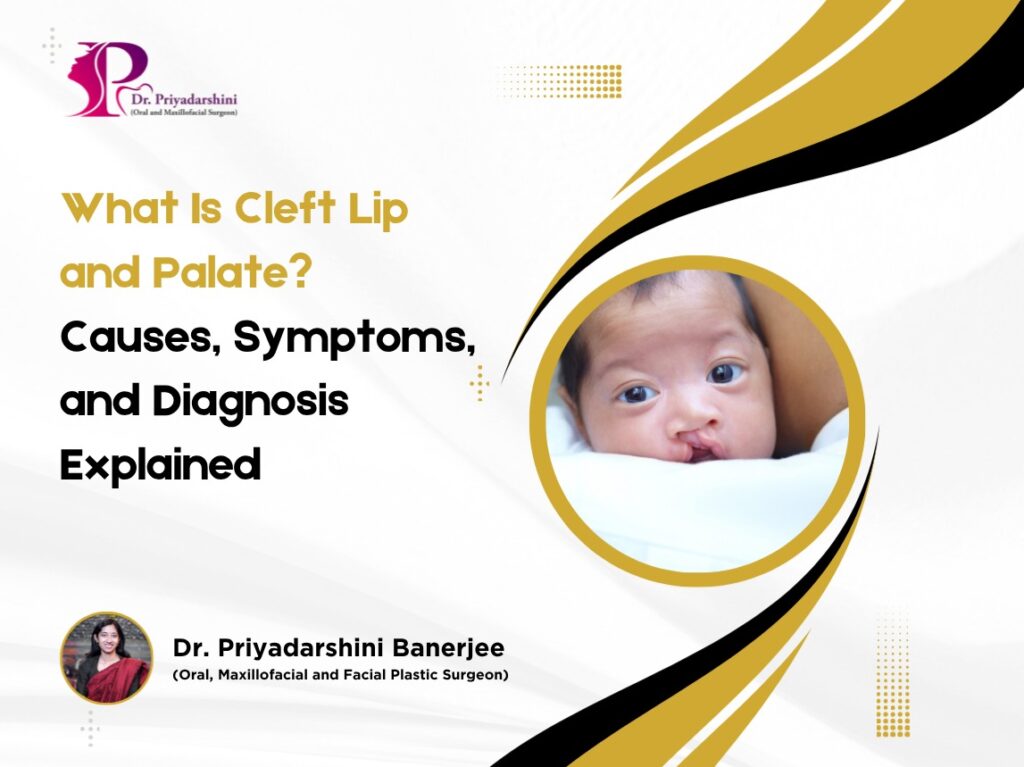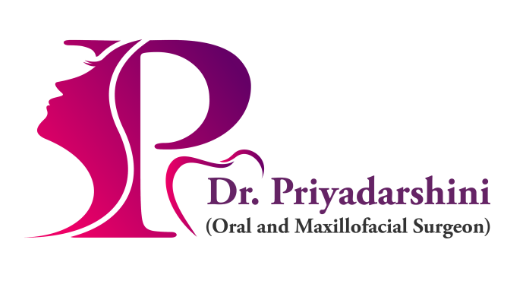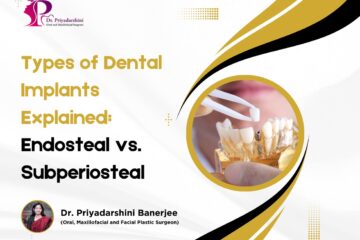What Is Cleft Lip and Palate?
Causes, Symptoms, and Diagnosis Explained
Cleft lip and cleft palate are among the most common congenital conditions that affect newborns worldwide. While they can sound alarming to parents, modern medical care ensures timely treatment and a good prognosis. In this blog, we’ll explore what cleft lip and palate are, their causes, symptoms, and how they are diagnosed.

What Is Cleft Lip and Palate?
- Cleft Lip: A cleft lip occurs when the tissue that forms the upper lip does not join completely during fetal development. It can appear as a small notch or extend into the nose.
- Cleft Palate: A cleft palate happens when the roof of the mouth (palate) doesn’t close fully. This can affect the hard palate (front part), soft palate (back part), or both.
These conditions may occur separately or together, and the severity varies from child to child.
Causes of Cleft Lip and Palate
The exact cause is not always known, but research suggests it’s usually a combination of genetic and environmental factors. Some possible causes include:
- Genetic predisposition – Family history of cleft conditions increases the risk.
- Nutritional deficiencies – Lack of folic acid during pregnancy may contribute.
- Maternal health conditions – Diabetes or obesity in the mother can be risk factors.
- Exposure during pregnancy – Smoking, alcohol, or certain medications may increase risk.
- Other environmental influences – Viral infections or chemical exposure during pregnancy.
Symptoms of Cleft Lip and Palate
The cleft is usually visible at birth, but some associated symptoms may include:
- Feeding difficulties – Trouble sucking or swallowing properly.
- Nasal regurgitation – Milk or fluids coming out of the nose during feeding.
- Ear infections & hearing issues – Due to fluid buildup in the middle ear.
- Dental problems – Missing, extra, or misaligned teeth.
- Speech difficulties – Nasal-sounding or unclear speech if untreated.
Diagnosis of Cleft Lip and Palate
1. Prenatal Diagnosis
- Ultrasound scan during pregnancy can often detect cleft lip, usually after the 20th week.
- Cleft palate is harder to detect before birth.
2. Postnatal Diagnosis
- A physical examination of the baby at birth confirms the cleft.
- Doctors may recommend further tests such as hearing evaluations, dental checks, and speech assessments.
Treatment and Outlook
While the blog’s focus is on causes, symptoms, and diagnosis, it’s important to mention that cleft lip and palate are treatable conditions. Surgical correction is usually done within the first year of life, often with follow-up surgeries as the child grows. Multidisciplinary care involving surgeons, pediatricians, speech therapists, and dentists ensures the best outcomes.
Final Thoughts
Cleft lip and palate can be a challenging diagnosis for parents, but with early detection and timely medical intervention, children can lead healthy, normal lives. If you’re expecting a child or already caring for one with this condition, consult with a qualified healthcare provider for personalized guidance.
Book an appointment today!
If you have any general or medical enquiry, feel free to contact us.



